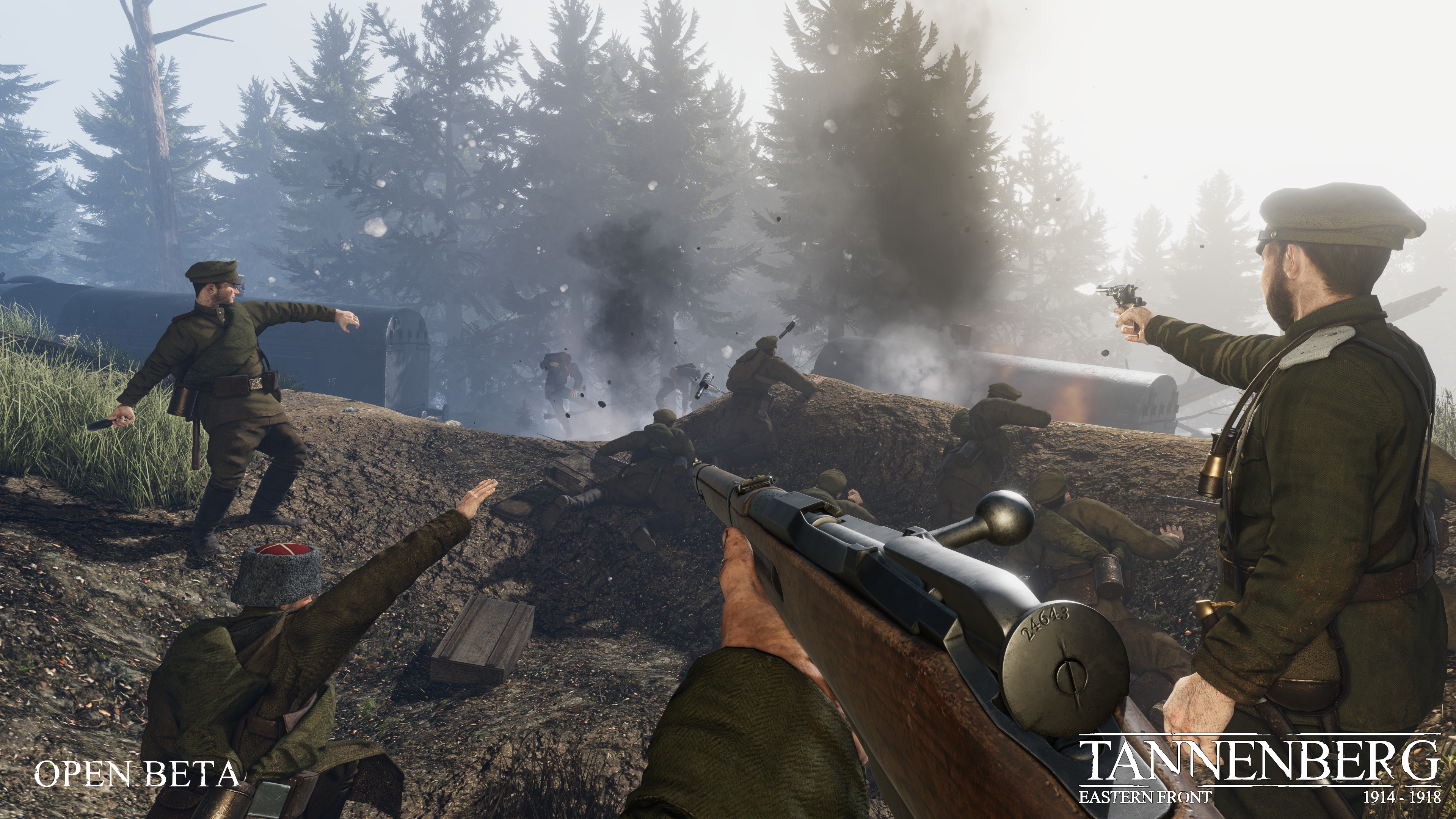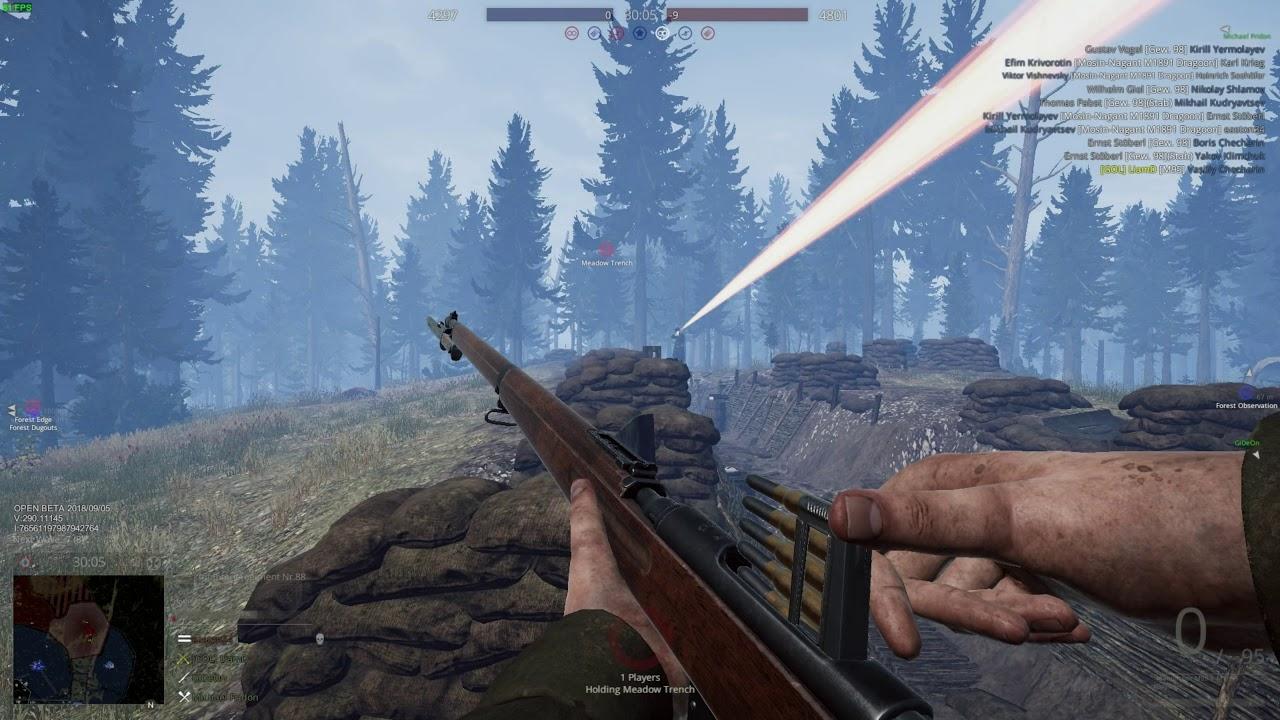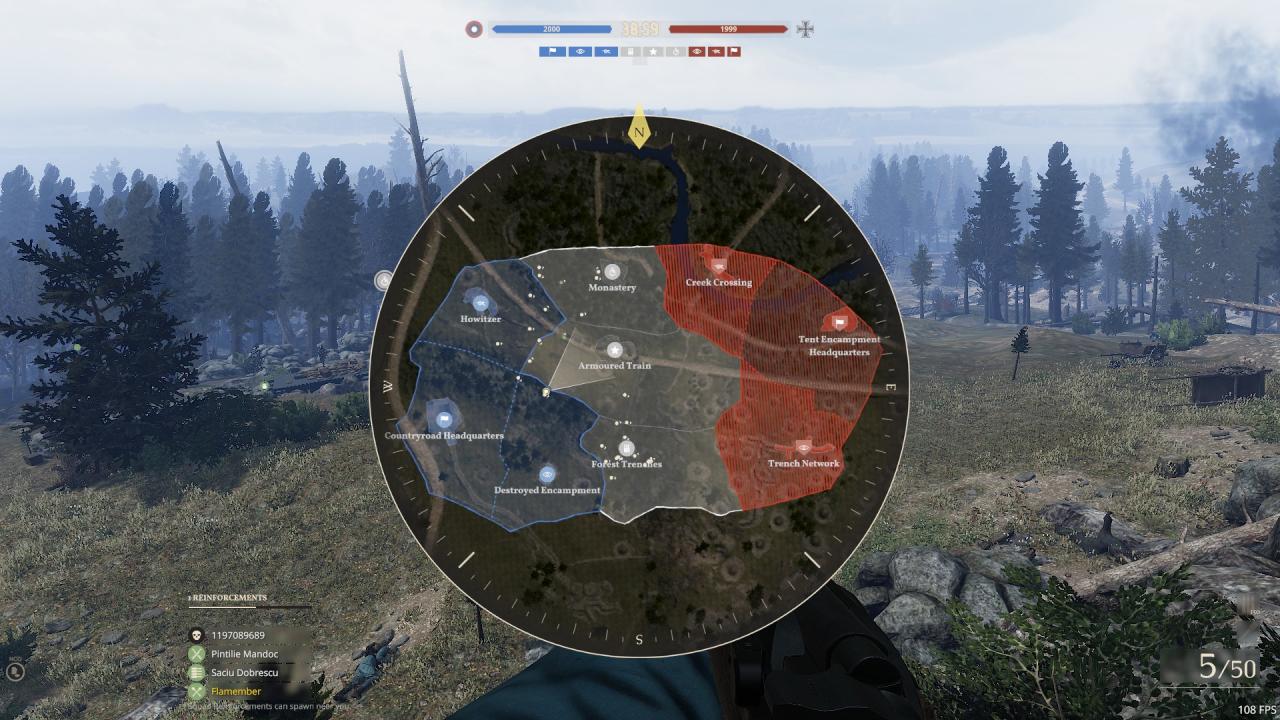
The German air force, proper name: Koeniglich Preussische Fliegertruppe, Royal Prussian Flying Corps, was represented by a Flieger-Bataillon No.2, with stations in Koenigsberg (East Prussia), and Posen and Graudenz (West Prussia).

On flying duty the officers wore leather uniforms without badges of rank, all in different cuts, and leather crash-helmets.Īll this set the airmen apart from other army units and led to a very special esprit-de-corps. They continued to wear their home unit uniforms and their rank for instance, Manfred von Richthofen continued to use his rank of Rittmeister (captain of horse), as he had been a cavalry man. Uniforms for the pilots and observers, who were only officers before the war, were not standardized. German aircraft were painted with a black Maltese cross on a white square, or edged with a white border, and thisĭeveloped into the stylized black cross, edged with white in a variety of sizes. Pilots and aviation experts were of course totally familiar with all types of aircraft and could distinguish between them, but the infantry rank and file had no such knowledge and, in order to be safe rather than sorry, they shot at anything that flew, never mind any pre-arranged signals for identification. This increased the crew's chances of survival but decreased their observing effectiveness.Īircraft markings were introduced at the beginning of WW I. Which put them well into the range of the infantry, and then there were the common engine and structural failuresĮxperience proved that the operating altitude had to be changed, so it was increased to 1 100 m with a 'safe' altitude of 2 000 m. The real dangers to aircraft were anti-aircraft guns and ground fire, as they operated at the 'ideal altitude' of 800 m Perhaps one or the other might try a lucky rifle shot but no aircraft were shot down. Their mission was to observe and to scout, not to fight. When enemy aircraft met in the air they kept a safe distance, and each one continued with his business. They measured 12,5 x 7,5 m (wingspan by body length) with a speed of only 120 km/h, but by their design they were especially suited to the tight-circle dogfights of WW I which were not copied by pilots in later years. The common aircraft types used during 1913/14 were Albatross and Aviatik.

Think for the observer, who was asleep most of the time anyway, and they were unable to see where they were flying as the observer blocked the pilot's view.

They were reponsible for the safety of the aircraft and crew, had to do all the work, Observers stated that they in fact flew the aircraft, as they had to do all the work, think for the pilot, direct him, and be exposed to enemy fire at the same time, while the pilot merely had to keep the plane aloft. There were, of course, the usual debunking remarks made.

Such friendships usually continued into civilian life after the war was over. This arrangement was later changed, with the pilot in the front and the observer in the rear operating the swivel-mounted machine-gun.Īlthough the crew had no armament in the early years, they often carried rifles, carbines or pistols, even hand-grenades, and - more adventurous spirits - home-made bombs, but this handgun arsenal was only for the aircrew's protection in case they were forced to land in enemy territory.Īircrews had to be made up of compatible individuals to function well as a team, and many firm friendships were formed, so much so that they also roomed together and went on leave at the same time because they felt that any replacement of one crew member would not be the right thing. This restricted, jaundiced outlook was shared by many senior and staff officers in all European Armies, and it needed some time before aircraft finally came into their own and were given the recognition they so rightfully deserved.Įarly aircraft were two-seater biplanes, with the observer sitting in the front because he was considered more important. Missions, and were therefore unarmed and underrated. Military aircraft were initially viewed as 'upgraded cavalry' and consequently used only on reconnaissance or scouting Vol 8 No 3 - June 1990 GERMAN AIRCRAFT OPERATIONS IN EAST PRUSSIA GERMAN AIRCRAFT OPERATIONS IN EAST PRUSSIAĭURING AUGUST AND SEPTEMBER 1914 - South African Military History Society - Journalĭie Suid-Afrikaanse Krygshistoriese Vereniging


 0 kommentar(er)
0 kommentar(er)
